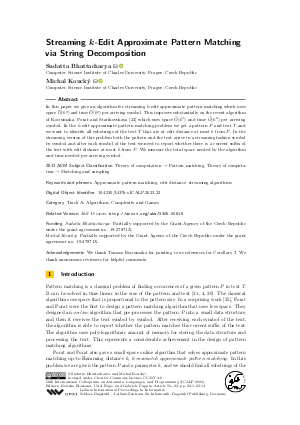LIPIcs.ICALP.2023.22.pdf
- Filesize: 0.72 MB
- 14 pages

 Creative Commons Attribution 4.0 International license
Creative Commons Attribution 4.0 International license























Feedback for Dagstuhl Publishing